Michele Braccini
Metasensor: a proposal for sensor evolution in robotics
Jun 12, 2024Abstract:Sensors play a fundamental role in achieving the complex behaviors typically found in biological organisms. However, their potential role in the design of artificial agents is often overlooked. This often results in the design of robots that are poorly adapted to the environment, compared to their biological counterparts. This paper proposes a formalization of a novel architectural component, called a metasensor, which enables a process of sensor evolution reminiscent of what occurs in living organisms. Even in online scenarios, the metasensor layer searches for the optimal interpretation of its input signals and then feeds them to the robotic agent to accomplish the assigned task.
Online adaptation in robots as biological development provides phenotypic plasticity
Jun 03, 2020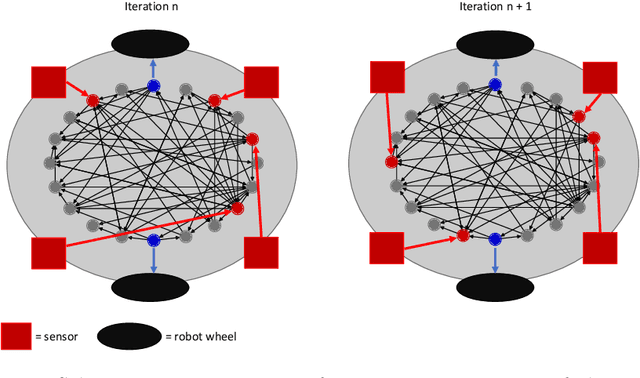


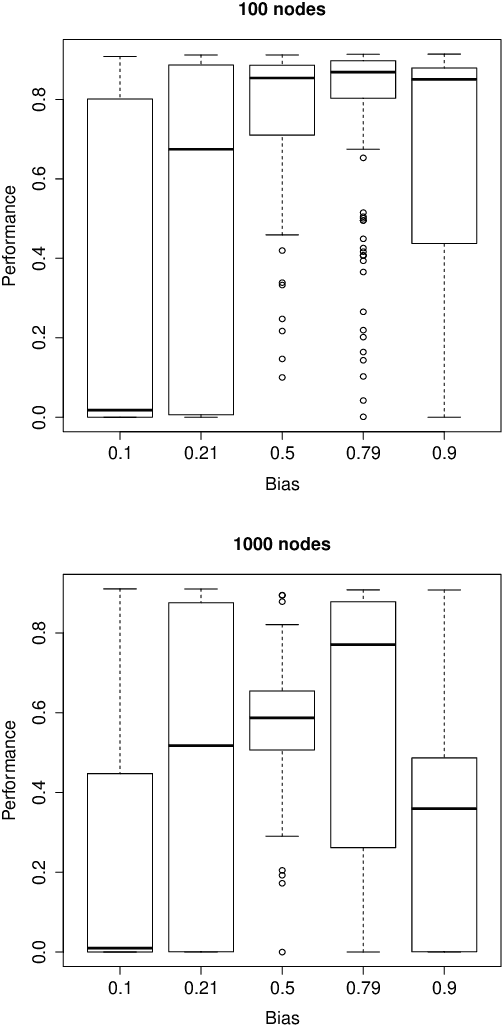
Abstract:The ability of responding to environmental stimuli with appropriate actions is a property shared by all living organisms, and it is also sought in the design of robotic systems. Phenotypic plasticity provides a way for achieving this property as it characterises those organisms that, from one genotype, can express different phenotypes in response to different environments, without involving genetic modifications. In this work we study phenotypic plasticity in robots that are equipped with online sensor adaptation. We show that Boolean network controlled robots can attain navigation with collision avoidance by adapting the coupling between proximity sensors and their controlling network without changing its structure. In other terms, these robots, while being characterised by one genotype (i.e. the network) can express a phenotype among many that is suited for the specific environment. We also show that the dynamical regime that makes it possible to attain the best overall performance is the critical one, bringing further evidence to the hypothesis that natural and artificial systems capable of optimally balancing robustness and adaptivity are critical.
Applications of Biological Cell Models in Robotics
Aug 31, 2017
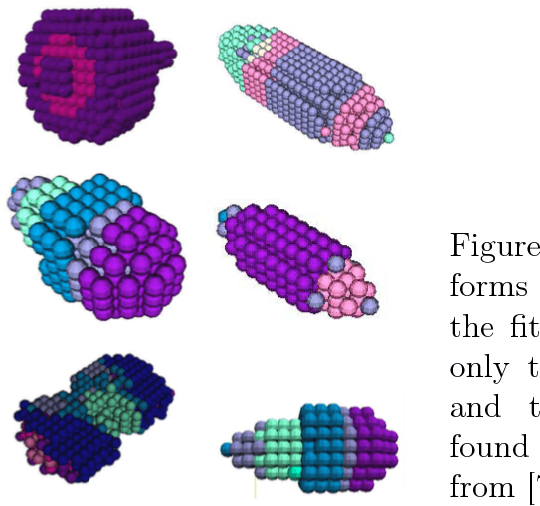
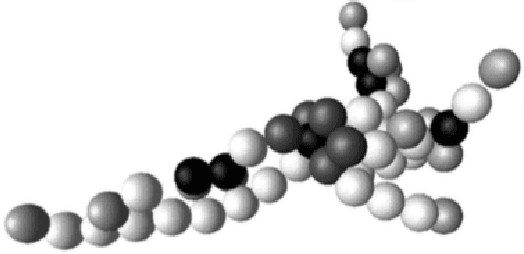
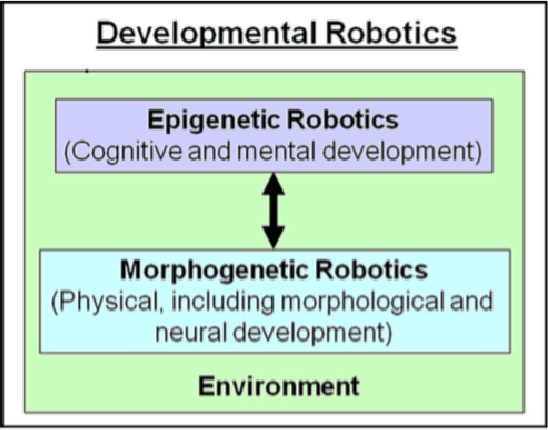
Abstract:In this paper I present some of the most representative biological models applied to robotics. In particular, this work represents a survey of some models inspired, or making use of concepts, by gene regulatory networks (GRNs): these networks describe the complex interactions that affect gene expression and, consequently, cell behaviour.
 Add to Chrome
Add to Chrome Add to Firefox
Add to Firefox Add to Edge
Add to Edge